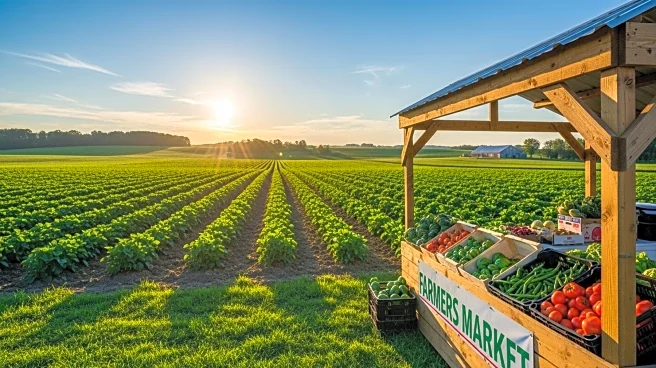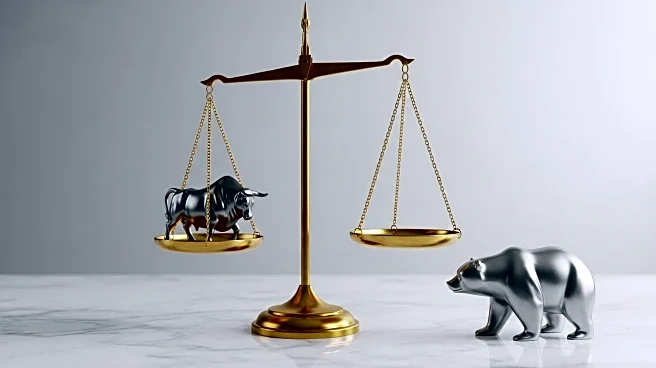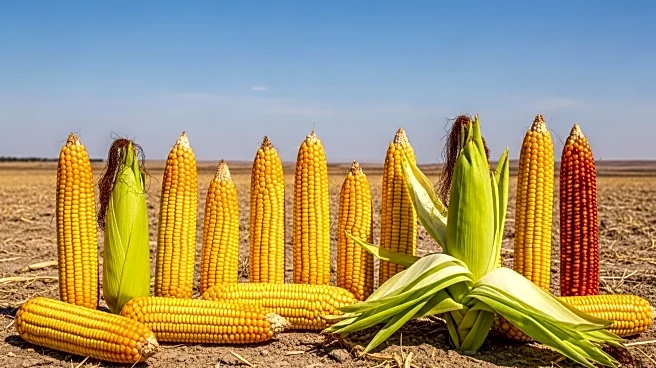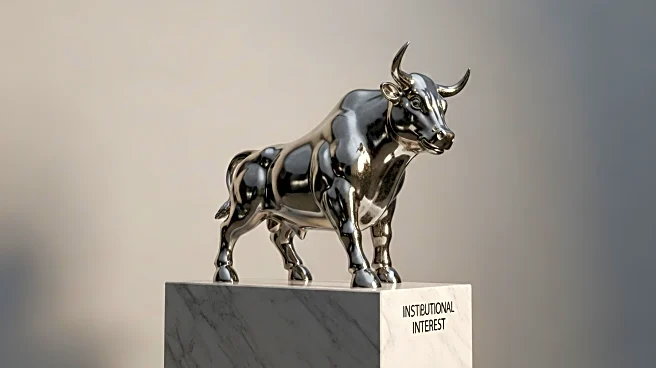What's Happening?
Texas Roadhouse, a popular steakhouse chain, is experiencing financial pressure due to fluctuating beef prices. The company has seen a 20% rise in cattle prices this year, impacting its stock performance, which dropped 6.4% in September. Despite a slight dip in cattle futures last month, experts remain skeptical about a sustained decrease in beef prices. The cattle industry is facing challenges such as historically low inventory levels, driven by droughts and limited feed supplies. Additionally, the U.S. Department of Agriculture has suspended imports of live cattle from Mexico due to the New World screwworm parasite. Texas Roadhouse has raised its commodity inflation guidance to 5% for the year, citing rising beef costs as a significant factor.
Why It's Important?
The fluctuation in beef prices is crucial for Texas Roadhouse, as beef is central to its menu offerings. The company's financial health is closely tied to these prices, affecting its stock value and investor confidence. With beef prices remaining high, Texas Roadhouse faces the challenge of maintaining profitability while offering value to consumers. The broader cattle industry is also impacted, with ranchers struggling to rebuild herds amidst financial constraints and environmental challenges. This situation highlights the interconnectedness of agricultural cycles, consumer demand, and corporate strategy in the U.S. economy.
What's Next?
Texas Roadhouse plans to implement a menu price increase of approximately 1.7% in the fourth quarter to offset inflationary pressures. The company is expected to report third-quarter results at the end of October, which may reflect the ongoing challenges posed by high beef costs. Analysts have downgraded Texas Roadhouse's stock rating, predicting constrained upside due to beef expenses. The cattle industry may continue to face tight supplies, with potential impacts on beef availability and pricing in the coming years.
Beyond the Headlines
The situation with Texas Roadhouse and beef prices underscores the broader economic and environmental challenges facing the U.S. cattle industry. The long business cycle of cattle raising, combined with environmental factors like droughts, highlights the vulnerability of agricultural sectors to external pressures. This scenario also raises questions about sustainable farming practices and the need for strategic investments to stabilize supply chains.










